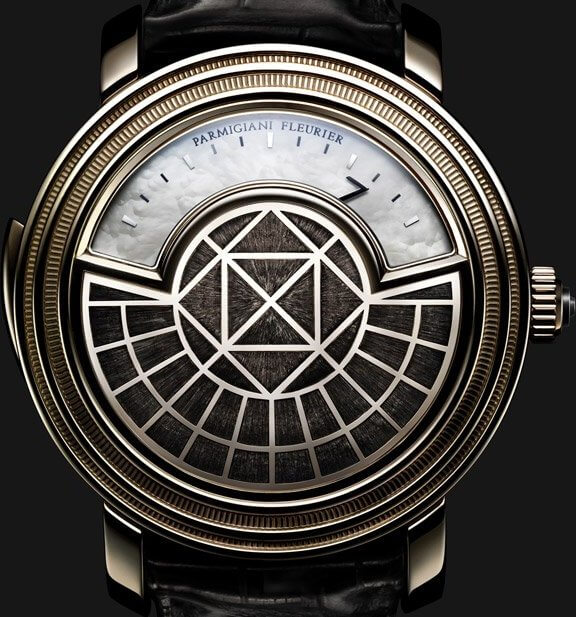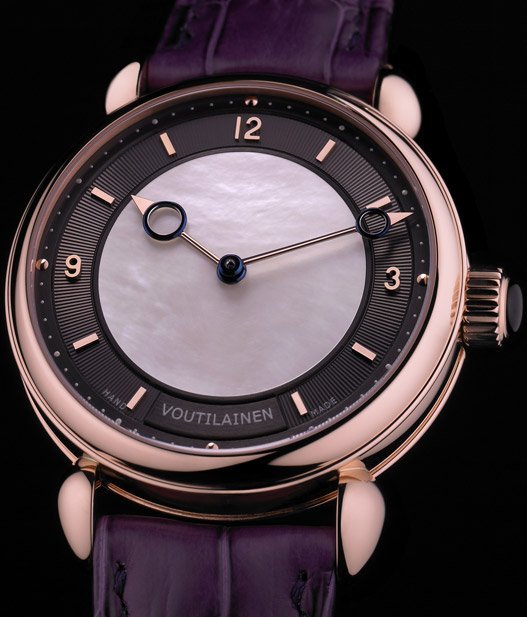A new challenge
The fact remains that the vast majority of timekeeping’s leading representatives now feature a tourbillon among their wares. Such ubiquity has prompted these same manufacturers to focus their sights, and their skills, on a new challenge, namely striking watches and specifically the minute repeater, considered the ultimate complication, whose chimes used to guide our ancestors through the day and, more to the point, the night when electricity had yet to be invented.
There are several reasons why the minute repeater, which sings hours, quarters and minutes on different notes, enjoys such special status. Firstly, it must possess a “mechanical memory” thanks to which it can sound the exact time on demand. This memory comprises a system of feelers which transfer information from “snails” to levers which cause the hammers to strike the gongs. Then there is the delicate question of power, bearing in mind that the striking mechanism must not interfere with the timekeeping function. Lastly, acoustics are a particular concern when tuning the gongs, of course, but most importantly to ensure the chimes remain perfectly audible within the tiny sound box of a wristwatch case.
Encounters with excellence
Such intricacies are clearly beyond the reach of most, yet the profession’s latest gatherings revealed that more than just a handful of watchmakers are now ringing in the new. Some out of tradition, others to enter a niche now synonymous with excellence. At the Salon International de la Haute Horlogerie (SIHH), Jaeger-LeCoultre set the tone with a new iteration of its Répétition Minutes à Rideau and its Grande Tradition Minute Repeater, alongside Girard-Perregaux and its 1966 Minute Repeater. Joining their ranks were Cartier, with its Rotonde Minute Repeater Flying Tourbillon, and Van Cleef & Arpels and its Poetic Wish. Not forgetting Parmigiani which unveiled its Toric Minute Repeater a few weeks before the SIHH.

Baselworld confirmed this tendency with models such as the Renaissance Tourbillon Minute Repeater by Peter Speake-Marin, the Daniel Roth Carillon Tourbillon from Bulgari, or the Admiral’s Cup 46 Minute Repeater Acoustica by Corum. Each sounds with a clarity that would have been music to the ear of Abraham-Louis Breguet; the first, once again, to have equipped his striking watches not with bells but with gongs, ribbons of tempered steel fitted inside the case. A case of history repeating itself…


















